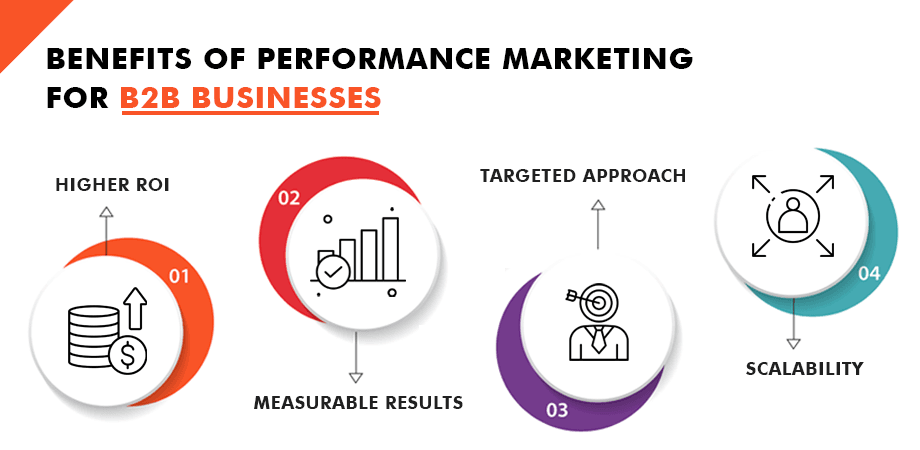Today, people see your brand in many places — social media, search engines, ads, and emails. But how do you know which channel drives someone to make a purchase? This is where cross-channel attribution helps.
It’s a smart way to see how every step in a customer’s Journey leads to a sale or sign-up. It’s also an essential part of performance marketing, as it reveals what works and what doesn’t.
What is Cross-Channel Attribution?
Cross-channel attribution provides a comprehensive view of how various marketing efforts interact and collaborate. It doesn’t just look at the last click before a sale. Instead, it shows you all the touchpoints a person has with your brand.
This could be seeing a Google ad (PPC services), finding you through SEO services, getting an email, or seeing a social media post. Each step matters.
Why Does Cross-Channel Attribution Matter?
It helps you:
- Spend your money where it counts.
- Stop guessing what works.
- Improve your brand positioning with the right message.
- Get better results from performance marketing.
Without it, you may waste money on channels that don’t help you reach your goals.
Popular Attribution Models
There’s more than one way to give credit. Here are some common ones:
- Last Click: All credit goes to the last touchpoint before a sale.
- First Click: All credit goes to the first point of contact.
- Linear: Credit is spread equally across every step.
- Time Decay: More credit goes to steps closer to the sale.
- Position-Based: Big credit to the first and last touchpoints. The rest get a smaller share.
Select what matches how your customers make purchases.
How to Measure Cross-Channel Attribution
1. Gather All Your Data
You need to track every place where people interact with you. This means:
- Website visits
- Ads (PPC services)
- Organic search (SEO services)
- Social media
- Emails
The more data you have, the more precise the picture.
2. Use the Right Tools
Tools like Google Analytics and other attribution platforms can help. They track people across different channels. They also allow you to test various models.
3. Look at the Whole Journey
Check every step — not just clicks or likes. Look at:
- How long do people stay on your site
- What pages do they visit
- What makes them buy
4. Match Metrics to Your Goals
Don’t focus only on impressions or clicks. Check things like:
- Conversions
- Cost to get each new customer
- How much each customer is worth over time
5. Keep Improving
Attribution isn’t set-and-forget. Keep testing what works best. Update your plan as your business grows.
Challenges You May Face
Cross-channel attribution is helpful but not always easy. Some common issues are:
- Data can be stored in many places and is often difficult to connect.
- Privacy rules and ad blockers can hide some user actions.
- People switch devices, which makes tracking tricky.
Be ready to adjust and learn. Use attribution as a guide, not an absolute answer.
Tips for Better Attribution
- Be Clear on Your Goals: Know what you want to measure.
- Test Different Models: See which shows the whole story.
- Work as a Team: Align marketing and sales efforts to drive effective collaboration.
- Invest in Tools: Good software saves you time and money.
- Stay Flexible: Customer habits change. Your plan should too.
Cross-channel attribution helps you see what drives results. It enables you to spend wisely, enhance your brand positioning, and maximise your return on every marketing dollar.
By understanding your customer’s path, you can make better choices and grow your business with confidence.
Continue learning, testing, and refining your skills. The better you understand your customers, the better your results will be.



